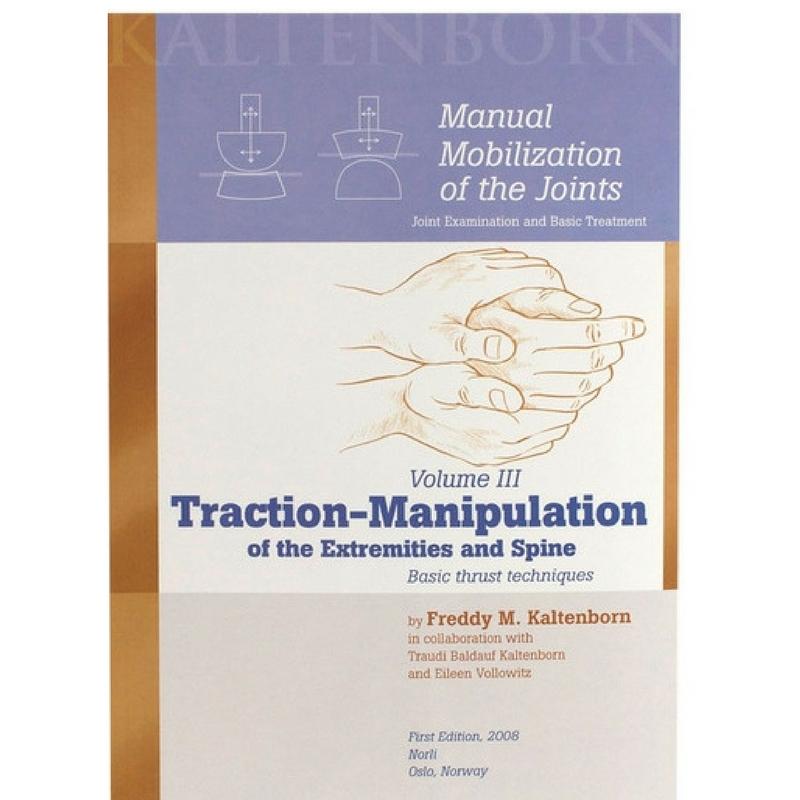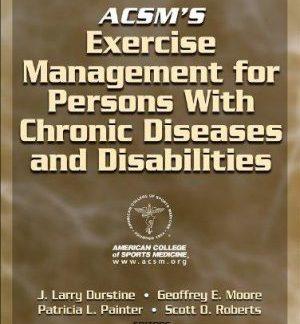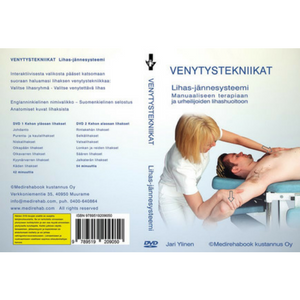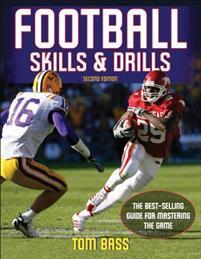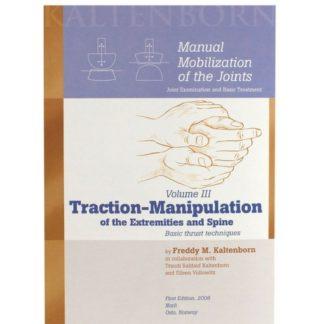Kuvaus
Manual Mobilization of the Joints Vol 3:
Traction-Manipulation of the Spine and Extremities
Description
Kaltenborn developed these risk-free techniques for the safe teaching of joint manipulation in a classroom setting. These select, safe joint manipulations for the extremities and spine are applied in the actual joint resting position. Each manipulation is supported by images and clear language.
Written by Freddy Kaltenborn. Illustrated.
Why I wrote this book
I wrote this book to present a safe and effective alternative to high-risk rotatory thrust manipulations, suitable for training students of manipulation. I have refined and developed these techniques over decades of practice and believe them to be the best way to introduce manipulation techniques to novices.
In recent years I have been alarmed to see manipulation techniques presented on short weekend courses and published in texts for novice practitioners, that include advanced techniques that can cause harm in less-skilled hands and some techniques that are unnecessarily dangerous even in skilled hands. Advanced manipulative techniques should only be taught with hands-on training in clinical settings. Short courses and textbooks alone cannot provide the supervision and time necessary to develop competence in manipulation. The speed, timing, coordination and feel for joint manipulation takes many years of daily practice. Until and unless a practitioner acquires these skills, they should limit their practice to manipulations that are safe in less skilled hands, such as those presented in this book.
Manipulation is the most valuable technique for the treatment of intraarticular restrictions. Those who say vibrations or slow-stretch mobilizations alone are equally effective are mistaken, and likely do not possess sufficient manipulative skill upon which to test their assumptions on real patients.
The manipulation techniques presented here are applicable to any student of joint manipulation, however I wrote this book primarily for entry-level physical therapists. Joint manipulation is part of a rich tradition in the manual therapies and has been an important part of physical therapy practice since the early 1800’s.
It is critically important that joint manipulation be taught in all physical therapy schools. Some physical therapy schools omit manipulative training from their curricula, and this fact is taken by some courts of law as justification to prevent physical therapists from delivering manipulative treatment. Over the past century, there have been repeated attempts from both within and outside the physical therapy profession, to limit the practice of joint manipulation. I have battled against these efforts for decades, and continue to support and promote the skilled delivery of manipulative treatment by physical therapists and others.
I have not used a rotatory technique in my practice nor taught a rotatory manipulation in over 15 years. It is my hope that all practitioners of manual therapy will follow my example and avoid these high-risk treatments.
